Assuming you have children, you realize they can be ravenous little monsters. Lunch is scarcely cleaned up on the table before they begin scavenging through the storage room for a tidbit.
Have confidence; it's generally expected and smart for youngsters to require a nibble between feasts. That is on the grounds that children's bodies need critical fuel to stay aware of their development and advancement.
Kids have significantly more fatty interest per kilogram of body weight as compared to adults," makes sense of pediatric dietitian Hanna Leikin, MS, RD, CSP, LD.
They need those calories to support their bone development, muscle development, and basic physical processes. Think about this. Grown-ups need around 25 to 30 calories for every kilogram of body weight. Kids need about two times as many calories— around 60 to 80 calories for every kilogram of body weight.
What's more, where do those calories come from? A great deal. At the point when your child is searching for an after-school nibble (or an after-rest nibble or a whenever nibble), your smartest choices are food sources that will fill their stomachs with supplements that will keep their bodies fulfilled.
What Makes Kids Snacks Healthy?
Healthy snacks for kids are high in supplements and low in added sugar and salt. They can incorporate organic products, vegetables, entire grains, low-fat dairy, and protein food varieties. Fiber and protein are two supplements that can be particularly useful for youngsters.
.jpg)
Fiber helps them feel full longer and keeps their gastrointestinal system sound. Protein helps kids develop and uphold their insusceptible framework.
Here Are Some Tips for Choosing Healthy Snacks for Kids.
1: Keep away from handled food varieties: Handled food sources are much of the time high in added sugar and salt and low in supplements. 2: Pick normally sweet food varieties: Apple cuts, bananas, ringer peppers, and child carrots are normally sweet and better than food sources with added sugar. || 3: Read nourishment names: While purchasing bundled snacks, search for tidbits that are high in supplements and low in added sugar. Check the serving size, particularly for nibble food sources like chips.
4: Serve nibble-measured segments: Children who touch all day can eat an excessive number of calories and experience difficulty knowing when they're eager or full. You can likewise take a stab at serving snacks on kid-sized plates.
5: Make snacks outwardly engaging: Children could appreciate tidbits that are amusing to eat and look engaging. For instance, you can have a go at freezing a banana short-term and mixing it into a rich tidbit that suits your preferences, like frozen yogurt. You can likewise make natural products like kabobs or "caterpillars" out of grapes. || 6: Include kids: Children can help plan and shop for bites, and they might in fact assist with setting up some of them.
Healthy snacks are supplemented with thick food varieties," Leikin underlines. They're the food varieties that will keep your children's stomachs full and fulfilled. All in all, solid tidbits will generally be genuine, entire food varieties.
Not pre-bundled cakes, treats, pretzels, or natural product snacks. Since those food sources might be advantageous, they will generally be less supplement-rich. That implies more straightforward carbs and sugar and less fiber and protein, which will really fill a ravenous gut.
Healthy Snack Ideas for Kids
Need some motivation for what to take care of a youngster with an instance of the snackies? Leikin shares these sound and well-disposed nibble thoughts. Veggies and hummus
Leikin considers hummus a "failed-to-remember food." It's not generally top of mind for guardians, but rather it's an incredible wellspring of fiber, protein, and unsaturated (solid) fats that can captivate your children to eat more veggies.
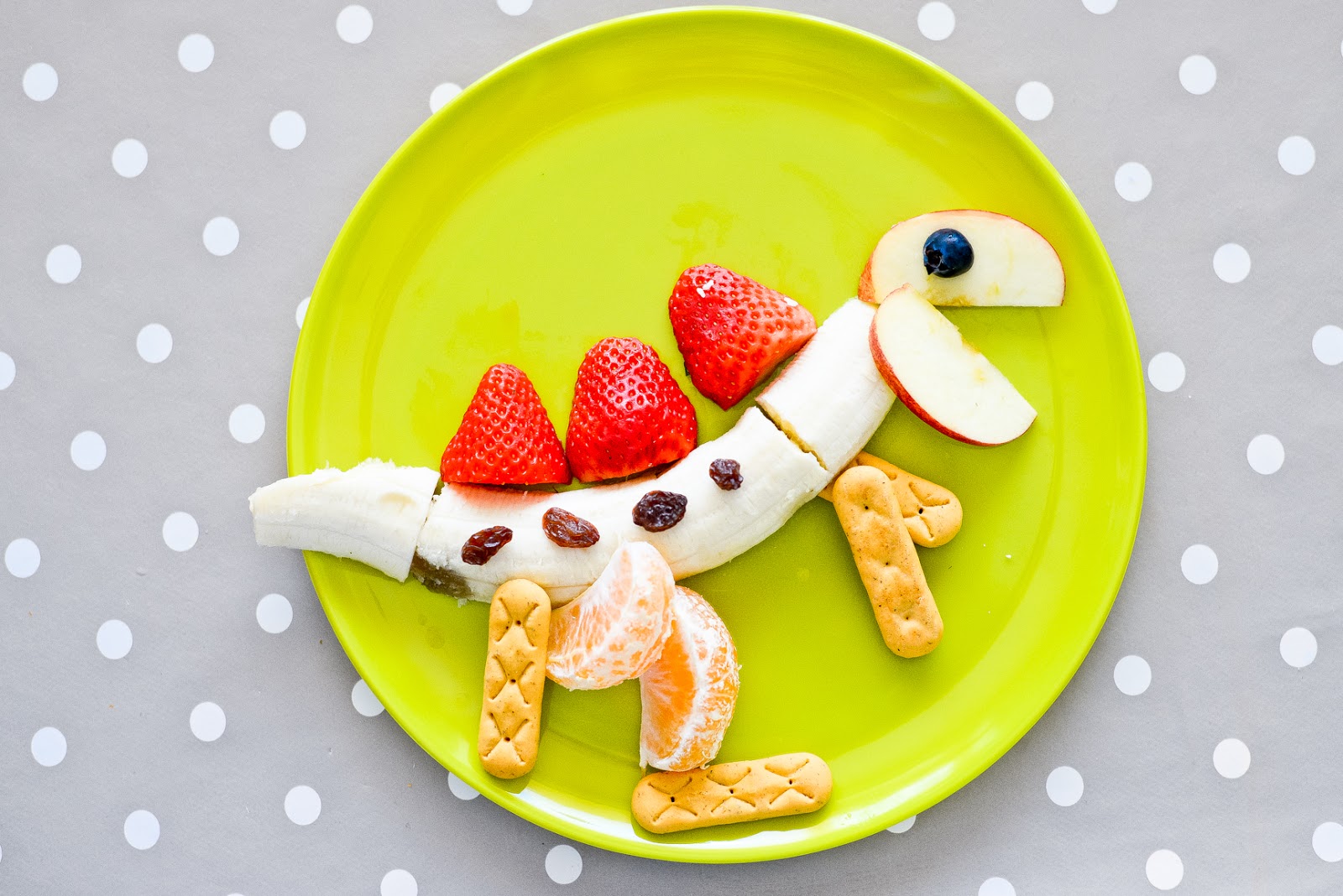
Dunking and spreading the hummus gives your kid more control and association with their food sources, which can increase the tomfoolery factor compared with plain old vegetables. Are you searching for alternate ways of empowering children to eat their vegetables? Attempt these techniques and young, well-disposed veggies to support fastidious eaters.
Nuts and Nut Butters
Like avocados, olive oil, and seeds, nuts and nut spreads are a decent source of unsaturated fat. Unsaturated fats are really great for youngsters' cerebrum development, chemicals, and by and large, development and advancement," Leikin shares.
Proposals from the Public Foundation for Sensitivity and Irresistible Sicknesses say peanut butter can be given to kids as young as 4 months old. Early openness might try to forestall nut sensitivities. Keep in mind, however, that entire nuts can be a gagging risk for little ones, so stick to nut margarine until your child is around 5 years of age or more established.
Homemade Trail Mix
Getting kids engaged with food planning can take a portion of the "secret" out of food sources, which can assist with making them bound to have a go at a novel or new thing. Leikin proposes getting your youngster engaged with making their own path blend as a pleasant movement and a solid tidbit.
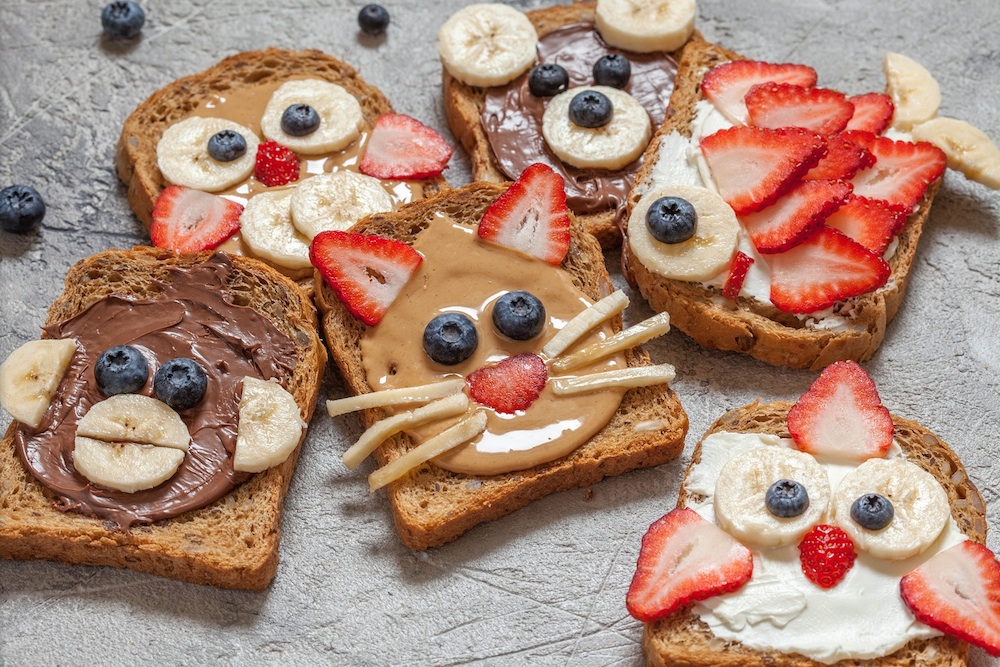
Pre-bundled trail blends will generally add a great deal of sugar," Leikin notes. "At the point when you make your own, you're in charge of what goes into it. Make a major cluster quite a bit early and segment it into zippered pockets or little holders to make a helpful in-a-hurry nibble.
Fruit and dairy
Dairy items can be a decent source of protein, calcium, and vitamin D, which helps support sound bone development. Also, matching dairy with organic products assists jokes with getting more nutrients and that exceptionally significant fiber.
Kids need around three to four servings of dairy each day to help their developing bones, so whenever you can assist them with getting some more calcium and vitamin D in their eating regimen, that is something worth being thankful for," Leikin says. Attempt this leafy food parfait recipe for a yummy, solid, and youthful cordial bite. Or, on the other hand, keep things separate with a cup of plain yogurt and a modest bunch of berries.
How to Encourage Healthy Snacking?
One of the most mind-blowing ways of assisting your youngster with picking good food sources and bites is by making them similarly advantageous as the less solid choices. Leikin recommends keeping the most loved products of the soil in the house prepared and fit to be eaten.
That might mean some pre-work on your part to have them washed, stripped, and cut. However, it likewise implies that they're a simple decision to get and crunch on when the bite opportunity arrives. Attempt to coordinate your refrigerator so the best decisions are up front, in plain sight.
Also, having solid options available makes it more straightforward for you to get the nourishment you want. Sound bites are similarly significant for you to keep up your energy and deal with yourself and your kids.
Recall that your children are keeping a close eye on you. What's more, when they see you going after entire wheat saltines and hummus while you're feeling peckish, they'll discover that those are great decisions for them as well.
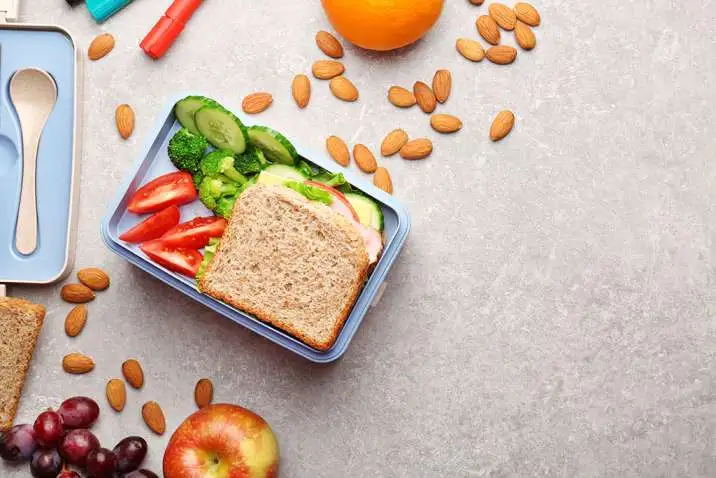

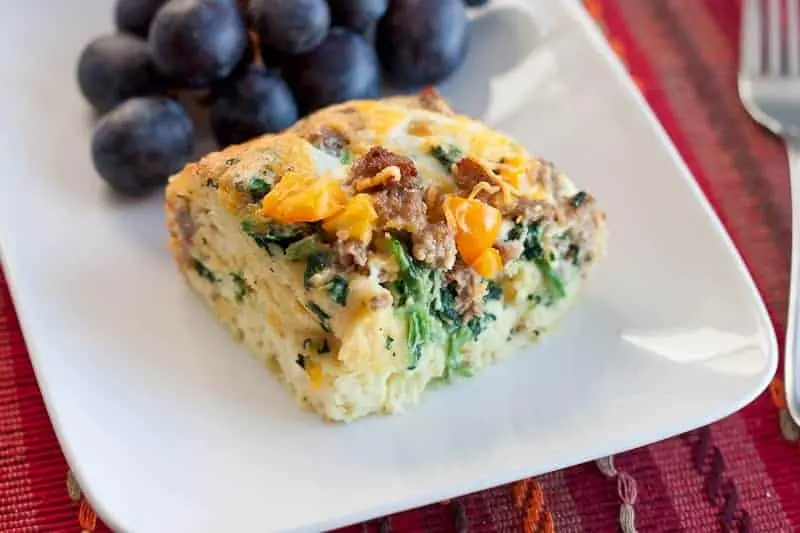


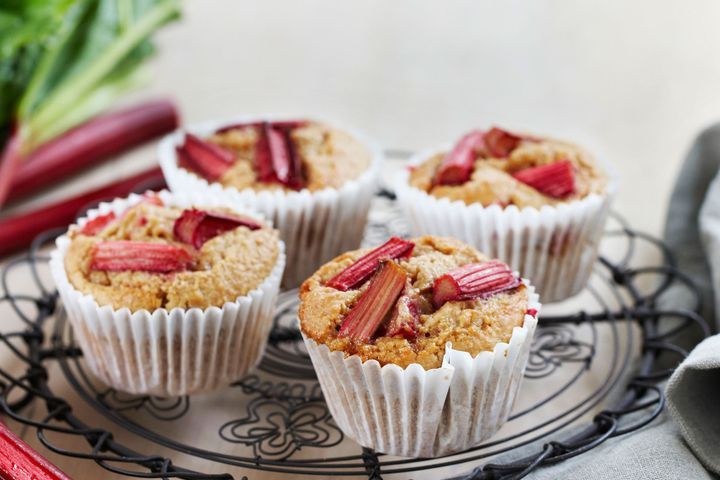
.jpg)

